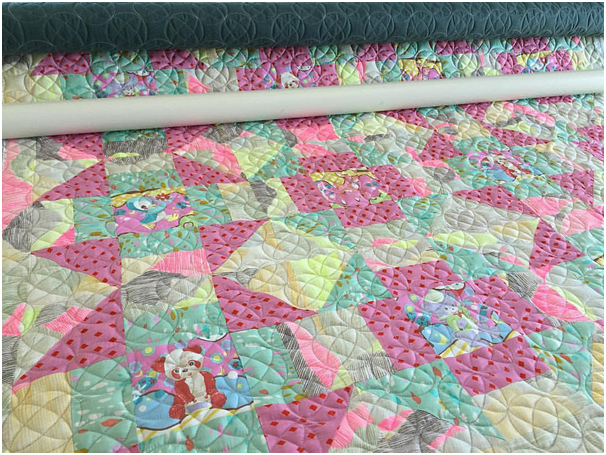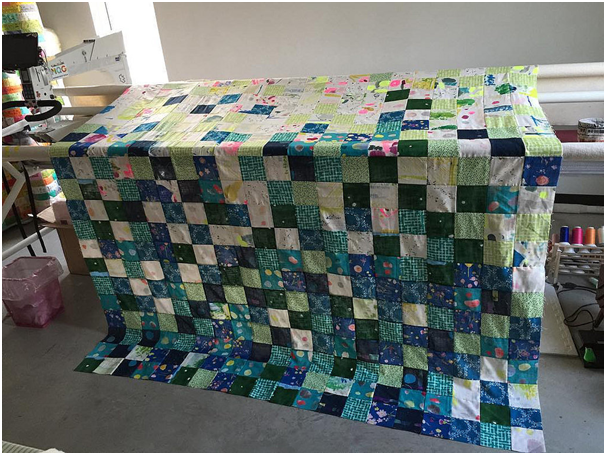Double gauze is a relatively new fabric that has been introduced from Japan. It is made by taking two thin layers of cotton gauze and using a stab stitch to bond them together at roughly 1cm intervals.

The resulting fabric is amazingly soft. It also breathes really well, which makes it perfect for summer clothes.
Like all new fabrics though, there are tips and tricks to using cotton gauze. If you’d like to save yourself a little trial and error in using this material ,then read on and we will share our top tips for sewing double gauze.
Double gauze is probably not for beginners, but if you would like to choose a good beginner’s sewing machine, and get started with something else, you’d soon have the basic skills needed to use it.
Browse a range of designs at stores such as http://www.quality-fabrics.co.uk/dressmaking-fabrics-14-c.asp, and you’re sure to find something that inspires.
Pre-care
Although the shrinkage isn’t significant with this fabric, if you like to prewash your material, then you can put this through on a cool wash before using it. Don’t tumble dry, and press with a cool iron to get the best results.

Cutting out
Cotton gauze handles like linen. It can be a little slippery, but not overly so. Your best bet for making sure that you don’t get snags when you cut is to pin with sharp, fine pins or to use fabric weights when cutting.
Sewing
A fine needle works best with this fabric, so choose a size 80 or similar. Make sure that it is sharp, as duller needles can lead to snagging. If you don’t spot them, they can cause a run that will continue for the length of the piece of fabric.
Pick a lightweight thread like a number 50wt. Gutermann Sew-All is a good choice in polyester, or Aurifil 50wt in cotton. Use a standard stitch length, like 2.5.
Finishing seams
Like all gauzes, this dressmaking fabric does have a tendency to fray. It’s probably best to overlock your seams if you can. If you don’t have an overlocker, then using French seams would be an alternative.
Handling the gauze
Double gauze is a delicate fabric that needs gentle handling. Because of its tendency to snag and fray, you want to minimise touching it where possible.
